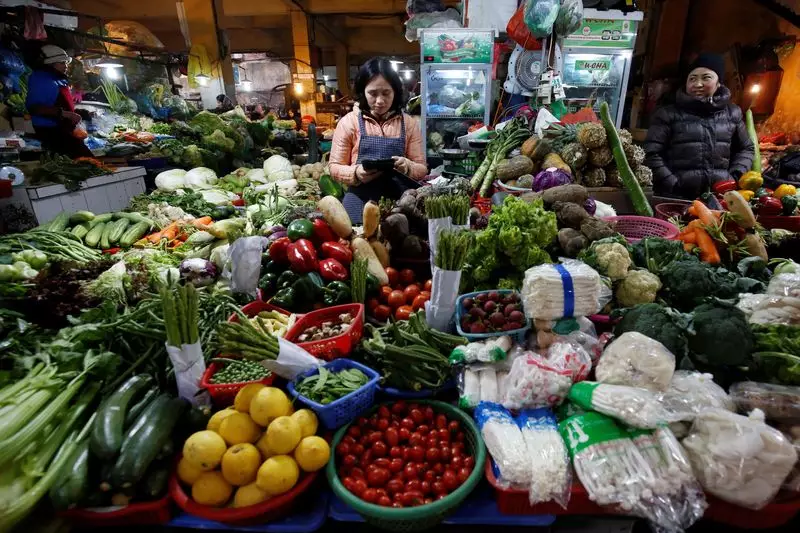Vietnam’s economic growth has seen a positive trend in the second quarter, with a significant increase to 6.93% from the first quarter’s 5.87%. This growth has been mainly driven by robust exports and increased industrial production. The government’s General Statistics Office (GSO) has reported that the economy expanded by 6.42% in the first half of the year, indicating a steady improvement in business activity. However, the country faced challenges last year due to weak global demand and power shortages. Despite this, Vietnam is on track to achieve its growth target of 6.0-6.5% in 2024, but it will require joint efforts from all sectors to overcome these challenges.
Vietnam, known for its exports of smartphones, electronics, and garments, has seen a 14.5% increase in exports in the first half of the year, amounting to $190 billion. Additionally, industrial production has risen by 10.9% from the previous year, showing a positive outlook for the country’s manufacturing sector. This growth in exports and industrial production indicates a strong demand for Vietnamese goods in the global market, which has contributed significantly to the country’s economic expansion.
While Vietnam’s economic growth has accelerated, rising inflation remains a challenge for the country. Consumer prices in June rose by 4.32% from a year earlier, nearing the government’s inflation target ceiling of 4.5% for the year. Average consumer prices in the first half of the year increased by 4.08%, indicating a continuous rise in inflation. The International Monetary Fund has warned that exchange rate pressures could lead to a larger pass-through to domestic inflation, given the country’s easy monetary conditions. This poses a significant risk to Vietnam’s economy, as prolonged high inflation can have adverse effects on the overall economic stability.
To address the inflation pressures, the government has taken certain measures, such as closely monitoring price movements and adjusting prices of essential services. Additionally, a recent government decision to raise base salaries for state employees by 30% and pensions for retirees by 15% is expected to add to inflation pressures. Prime Minister Pham Minh Chinh has emphasized the importance of maintaining a flexible monetary policy, with a focus on cutting banks’ lending interest rates, reducing fees, and boosting public investment. These measures aim to support economic growth while keeping inflation in check.
Vietnam’s economic growth has shown improvement in the second quarter, driven by strong exports and industrial production. However, the country continues to face challenges, particularly rising inflation, which poses a threat to its economic stability. With careful monitoring and strategic policy interventions, Vietnam can navigate through these challenges and maintain its growth momentum. It is vital for the government to balance economic growth with inflation control to ensure sustainable development in the long run.

